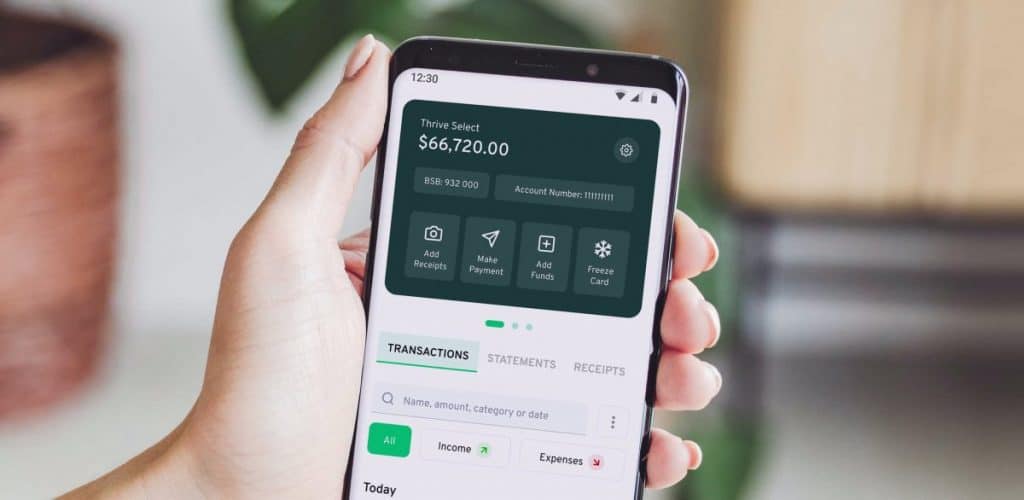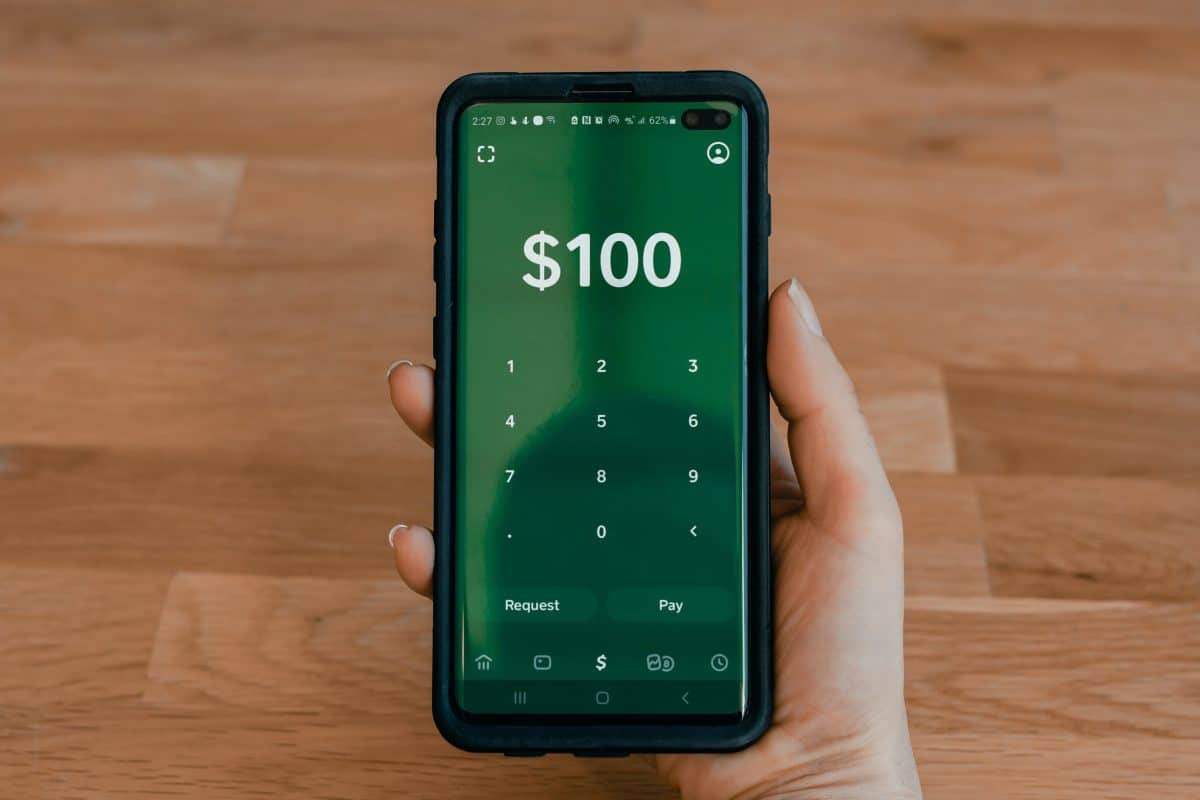Convenience is one of the most practical advantages in this digital age. People look for simplicity and efficiency in processes, including financial transactions. Whether making payments, transferring funds, or settling bills, people need systems to revolutionize transactions.
The UPI ID is a game changer in the digital financial industry. It can help consumers make digital transactions a breeze. It is not limited to personal transactions alone, but small enterprises and businesses can also do faster and simpler transactions using their UPI ID.
This article will provide insight into UPI ID, how it can facilitate seamless transactions, how to create one, and the common concerns consumers face.

Understanding UPI ID and Its Purpose
UPI ID stands for Unified Payments Interface ID, a virtual payment address like mobile banking where users can send and receive money instantly using their smartphones. It acts as a unique identification number connected to a user’s bank account, eliminating the necessity for lengthy bank account information during transactions.
To make them simple to remember and share, UPI IDs are often constructed in the format “name@bankname” or a similar pattern.
Every UPI user has a unique virtual payment address (VPA) or UPI ID. In order to access UPI services and establish an individualized identity, every user must create their own UPI ID. This unique identifier enables banks to track the user’s account and transactions effectively.
How Can UPI ID Facilitate Seamless Digital Transactions
UPI ID’s potential to simplify payments is one of its main benefits. Thanks to a UPI ID, users no longer have to remember and communicate lengthy bank account information. Instead, they can interact and share their unique UPI ID, which is simple to remember. Transactions are more efficient thanks to this streamlined approach’s lower error rate and time savings.
It allows for real-time fund transfers, which makes it perfect for speedy and straightforward transactions. Users can send and receive money instantly, eliminating the delays involved in more conventional payment systems. UPI ID guarantees rapid money transfers, supporting a streamlined payment process, whether paying a merchant or splitting a bill with peers.
Users can link various bank accounts using UPI ID’s interoperability in a single UPI-enabled mobile application. This tool allows users to access and manage money from multiple accounts easily. Users can switch between accounts and select the account they want to use for a particular transaction to provide flexibility and convenience.
Step-by-Step Guide to Creating UPI ID
Users can create their UPI ID with only a few steps and start making transactions immediately. Here is a step-by-step guide on how to create one:
- Download a UPI-enabled Mobile App
- Link Your Bank Account
- Verify Mobile Number
- Set a UPI PIN
- Generate UPI ID
- Confirm and Start Using UPI ID
Step-by-Step Guide to Sending Money using UPI ID
Sending money using UPI ID is a simple and convenient process. Here are the steps involved:
- Open your UPI payment application.
- Click on the ‘UPI/Send Money To Anyone’ option.
- Choose the recipient from your phone contact list or enter their mobile number if not saved.
- If the recipient uses a different app, request their UPI ID and input it.
- As another option, scan the recipient’s QR code using the ‘Scan QR’ option.
- Select the bank account you want to use for the transfer.
- Click on ‘Proceed’ to initiate the transaction.
- Enter the UPI PIN associated with the selected bank account.
- The amount will be instantly transferred from your bank account to the recipient’s bank account.
With UPI, sending money has become hassle-free and efficient, allowing you to complete transactions swiftly and securely.
Necessary Details
The app may ask for necessary details like email address, mobile number, a copy of identification card, and others depending on the app a user like to use. The app may send an SMS to the registered mobile phone with a verification code to confirm the mobile number used. It should be the mobile number associated with the bank account.
The UPI PIN
To ensure the security of every transaction, the UPI PIN, a four to six-digit code, will be needed. Apps require users to create a distinctive, secure UPI PIN that is simple to remember but challenging for others to decipher.
Security and Privacy Considerations
Downloading and using dependable mobile banking apps or UPI-enabled payment apps from reliable sources is essential. It reduces the danger of downloading hacked or harmful apps. Users should stick to official app shops like the Google Play Store or the Apple App Store. Additionally, ensuring the developer is legitimate and reading customer reviews is essential.
UPI-enabled apps frequently use two-factor authentication (2FA) systems to increase security. These could consist of device-based authentication, biometric authentication, or SMS-based verification codes. Users should turn on 2FA features to increase the security of their UPI ID transactions.
Users should be wary of emails, messages, or phone calls from someone they don’t know asking for personal information or acting urgently. Hackers usually send shady links and requests under the bank’s name or the app through emails.
FAQs
Is UPI ID different from a bank account number?
Yes. A UPI ID is a virtual address that can be connected to several bank accounts, in contrast to a bank account number, a distinctive identifying number exclusive to a specific bank account. Users can conduct transactions without disclosing their bank account information.
Why can’t I use the same UPI ID for multiple numbers?
A specific mobile number and bank account pairing belong to a single UPI ID. A distinct UPI ID needs to be assigned to each mobile number. It guarantees that payments are properly sent to the intended user’s bank account.
Can I change my UPI ID?
No, UPI IDs generally cannot be changed once created. UPI IDs provide a permanent virtual address associated with your bank account and mobile number. Users who like to register a new UPI ID should use a different mobile phone and bank account.
Are there transaction limits?
Banks and UPI-enabled apps have different transaction limitations, with some enabling higher transactions than others. Users should contact their respective banks or applications to learn about their unique per-transaction limit.
Users may explore their options and select a provider who meets their transactional needs. Users may consider approaching their bank to investigate possibilities for limit increases based on their usage patterns if the present transaction limitations are restrictive.














